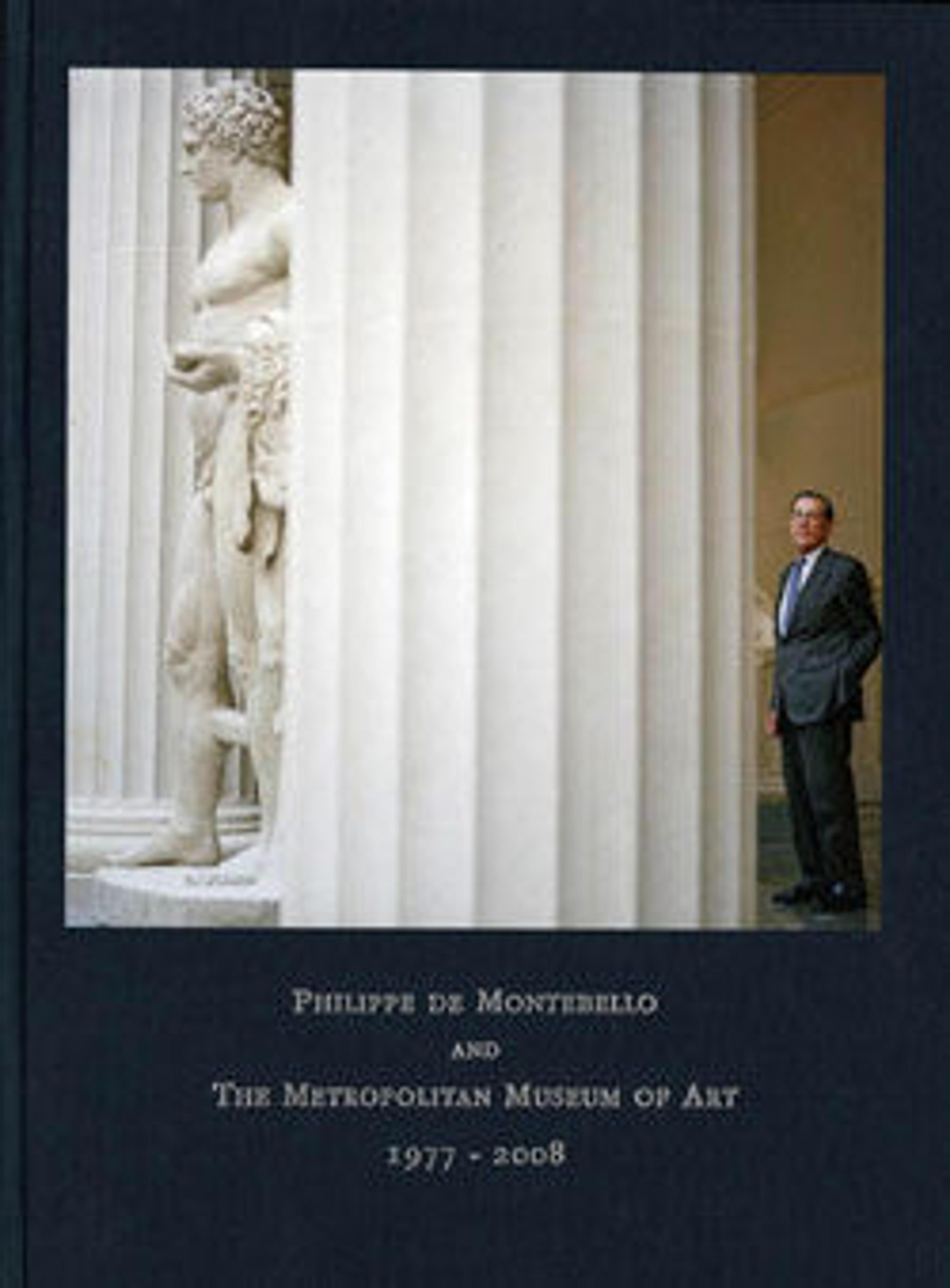Glass cameo fragment of a large platter or tabletop
Translucent deep purple with opaque white overlay.
Everted, rounded rim, with slightly downturned outer lip; shallow convex side; flat bottom with slightly upturned and rounded outer edge.
On interior, two raised lines as molding around side, retaining in places traces of white overlay; on exterior, recessed horizontal lines below rim and at edge of side and bottom. Decoration carved in white overlay, comprising a crab, a squid, and two bivalve molluscs, with incised details, such as the naturalistic patterning of the shells and the tenticles of the squid.
Rim fragment, broken into a dozen pieces and repaired; many pinprick bubbles; dulling, deep pitting, brilliant iridescence, and patches of brown enamel-like weathering
Over a background of deep purple (representing Homer's "wine-dark sea"), a layer of opaque white glass have been added and then carved to represent various sea creatures. The fragment is said to have been found on the island of Capri (in the Bay of Naples, Italy), near the imperial villa where the Emperor Tiberius lived in seclusion between A.D. 27 and 37.
Everted, rounded rim, with slightly downturned outer lip; shallow convex side; flat bottom with slightly upturned and rounded outer edge.
On interior, two raised lines as molding around side, retaining in places traces of white overlay; on exterior, recessed horizontal lines below rim and at edge of side and bottom. Decoration carved in white overlay, comprising a crab, a squid, and two bivalve molluscs, with incised details, such as the naturalistic patterning of the shells and the tenticles of the squid.
Rim fragment, broken into a dozen pieces and repaired; many pinprick bubbles; dulling, deep pitting, brilliant iridescence, and patches of brown enamel-like weathering
Over a background of deep purple (representing Homer's "wine-dark sea"), a layer of opaque white glass have been added and then carved to represent various sea creatures. The fragment is said to have been found on the island of Capri (in the Bay of Naples, Italy), near the imperial villa where the Emperor Tiberius lived in seclusion between A.D. 27 and 37.
Artwork Details
- Title: Glass cameo fragment of a large platter or tabletop
- Period: Early Imperial, Julio-Claudian
- Date: 1st half of 1st century CE
- Culture: Roman
- Medium: Glass; cast, applied, and carved
- Dimensions: Overall: 9 1/2 x 20 3/4in. (24.1 x 52.7cm)
- Classification: Glass
- Credit Line: Gift of Henry G. Marquand, 1881
- Object Number: 81.10.347
- Curatorial Department: Greek and Roman Art
More Artwork
Research Resources
The Met provides unparalleled resources for research and welcomes an international community of students and scholars. The Met's Open Access API is where creators and researchers can connect to the The Met collection. Open Access data and public domain images are available for unrestricted commercial and noncommercial use without permission or fee.
To request images under copyright and other restrictions, please use this Image Request form.
Feedback
We continue to research and examine historical and cultural context for objects in The Met collection. If you have comments or questions about this object record, please complete and submit this form. The Museum looks forward to receiving your comments.
